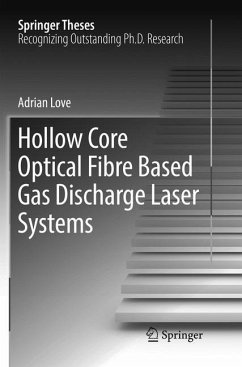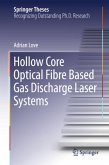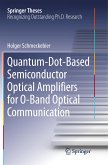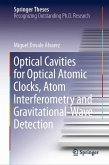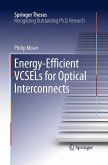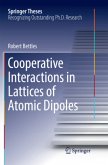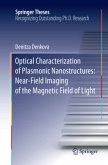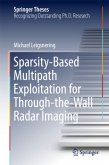The research in this book represents the culmination of a drive to build the first discharge gas laser unencumbered by the effects of diffraction. This breakthrough has been achieved through careful implementation of a discharge within a hollow-core optical fibre, and by developing measurement and analysis techniques to demonstrate laser action in an experimental optical cavity.
Gas lasers were amongst the earliest laser types to be demonstrated and commercialised, but it was recognised that noble gas lasers were limited by the minimum bore diameter of the laser tube, which is set by diffraction. The advent, in 2011, of hollow optical fibres with optical and physical properties suitable for gas discharge lasers opened up the opportunity to break this diffraction limit. Using a mixture of helium and xenon gas, lasing in the mid-infrared range was achieved using a 100µm core flexible hollow optical fibre which, at 1m long, is several hundred times the diffraction-limitedRayleigh length.
Gas lasers were amongst the earliest laser types to be demonstrated and commercialised, but it was recognised that noble gas lasers were limited by the minimum bore diameter of the laser tube, which is set by diffraction. The advent, in 2011, of hollow optical fibres with optical and physical properties suitable for gas discharge lasers opened up the opportunity to break this diffraction limit. Using a mixture of helium and xenon gas, lasing in the mid-infrared range was achieved using a 100µm core flexible hollow optical fibre which, at 1m long, is several hundred times the diffraction-limitedRayleigh length.

